
The kuleshov effect


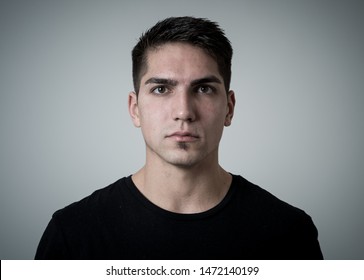
 |  |  |
 |  | |
 |  |  |
 |  | |
 | 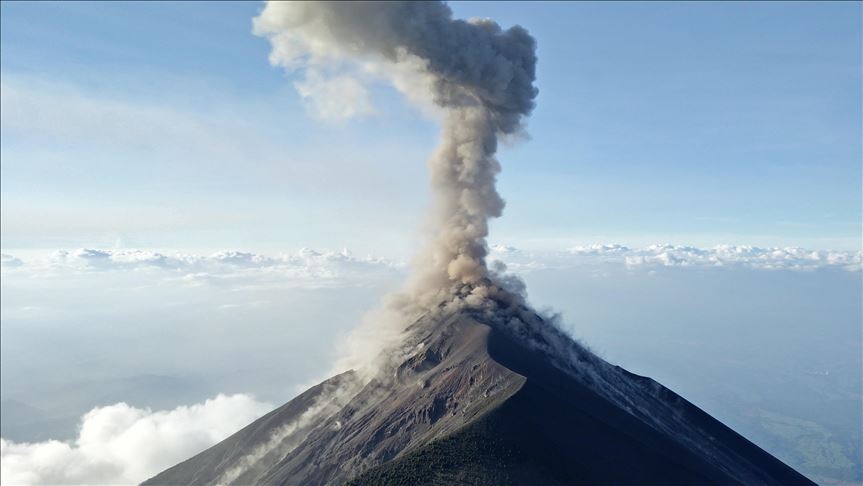 |  |
 |  |
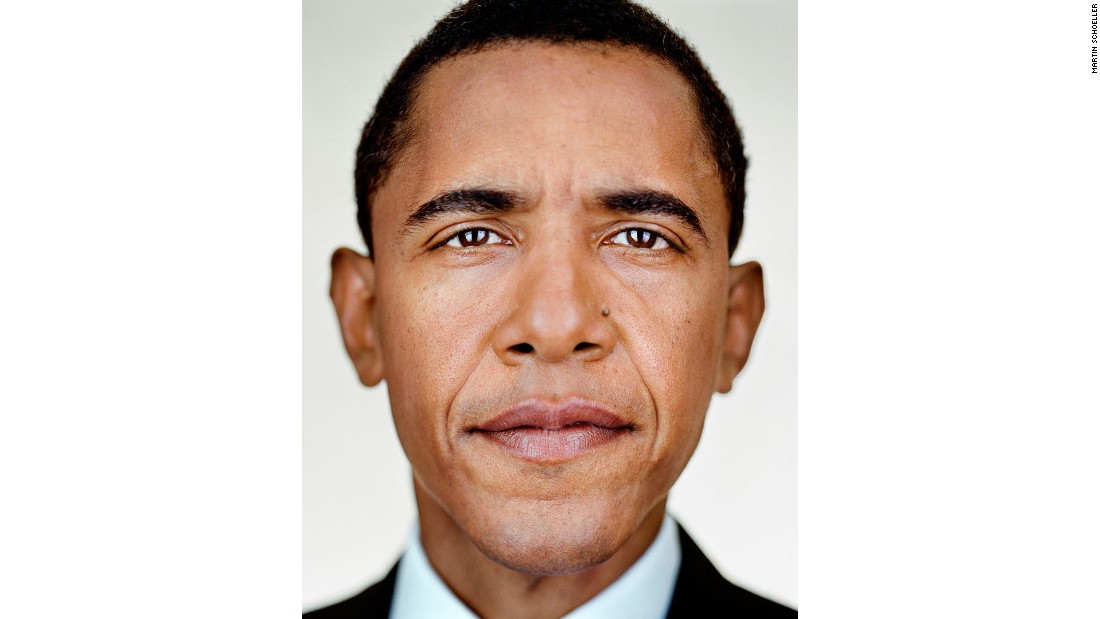 |  |  |
 |  |  |
 |  |  |

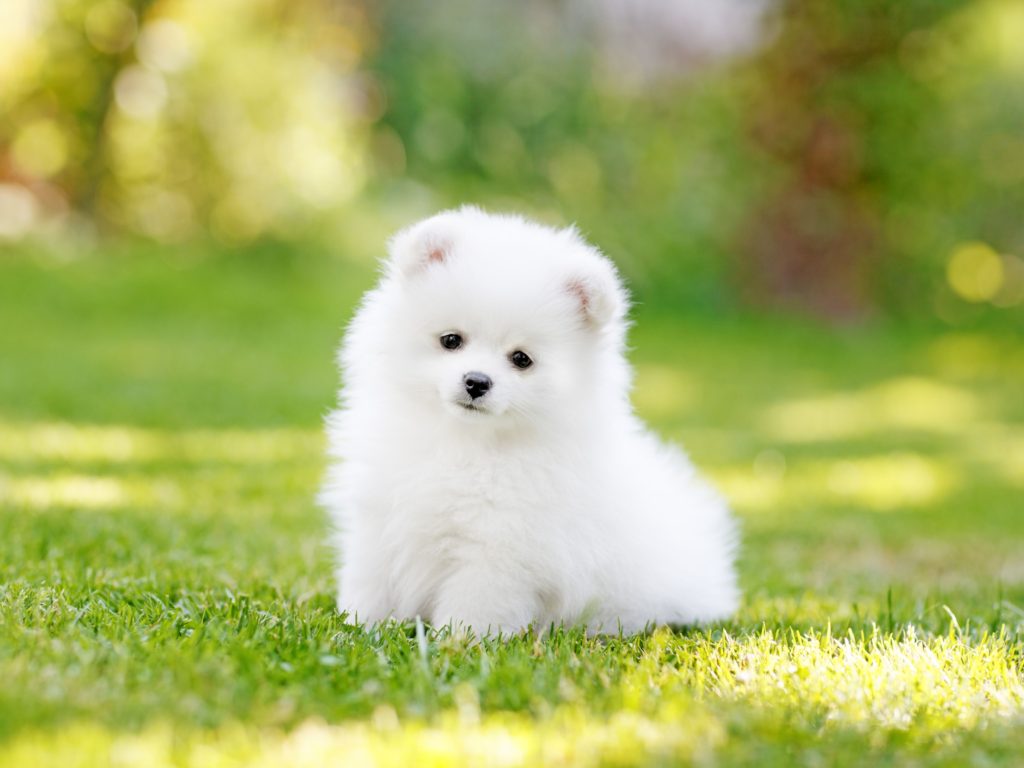
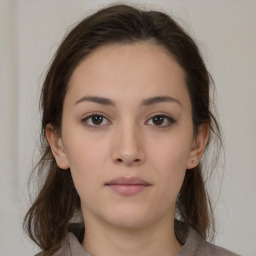
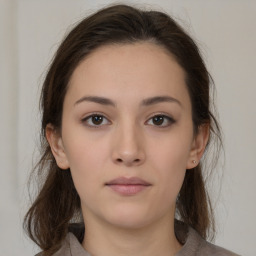
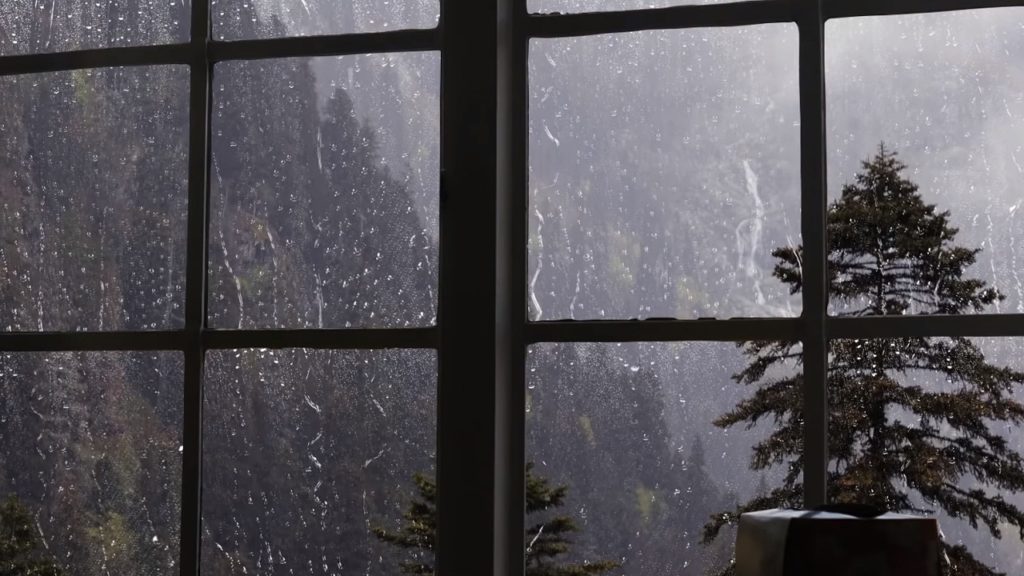

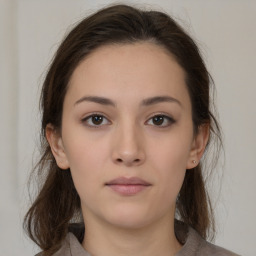

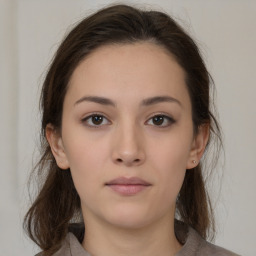
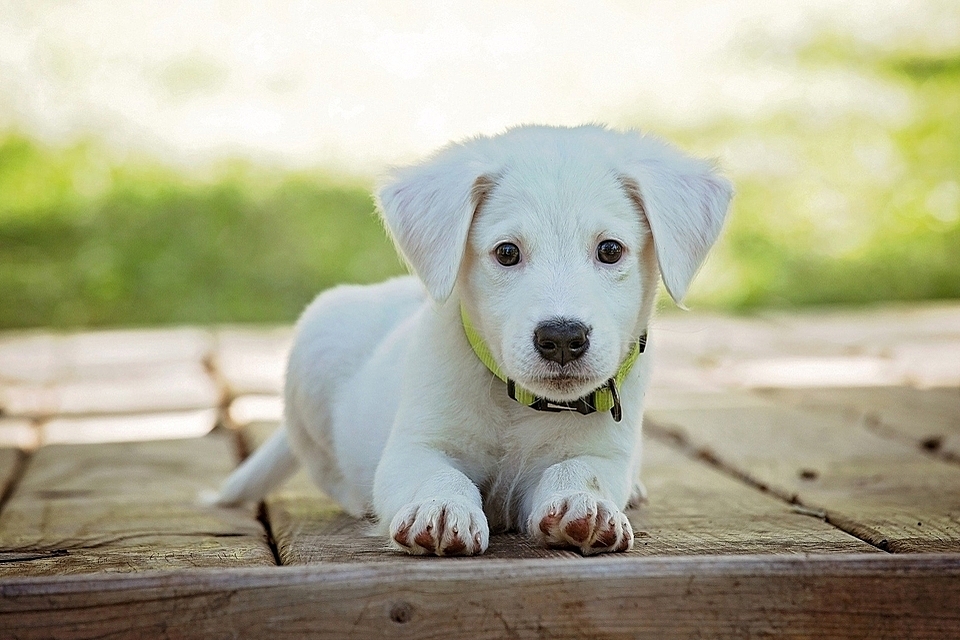 | ||
 | ||
 |
 |  |  |
 |  |  |
 |  |  |
The first row shows how this women wants a child and would link to starting a family.
The second row shoes how she wants money and riches to pay for her family and live in luxury.
The third row shows how this woman would like a nice house for her family.
All three rows are family orientated and show how she wants a family and things for her family.
The Kuleshov Effect – a film editing experiment conducted by Russian film-maker Lev Kuleshov. It explored how viewers ascribed meaning to and understood shots depending on the order in which they were sequenced. The experiment showed that shot length, movement, cuts, and juxtaposition are filmmaking techniques that can emotionally affect audiences.

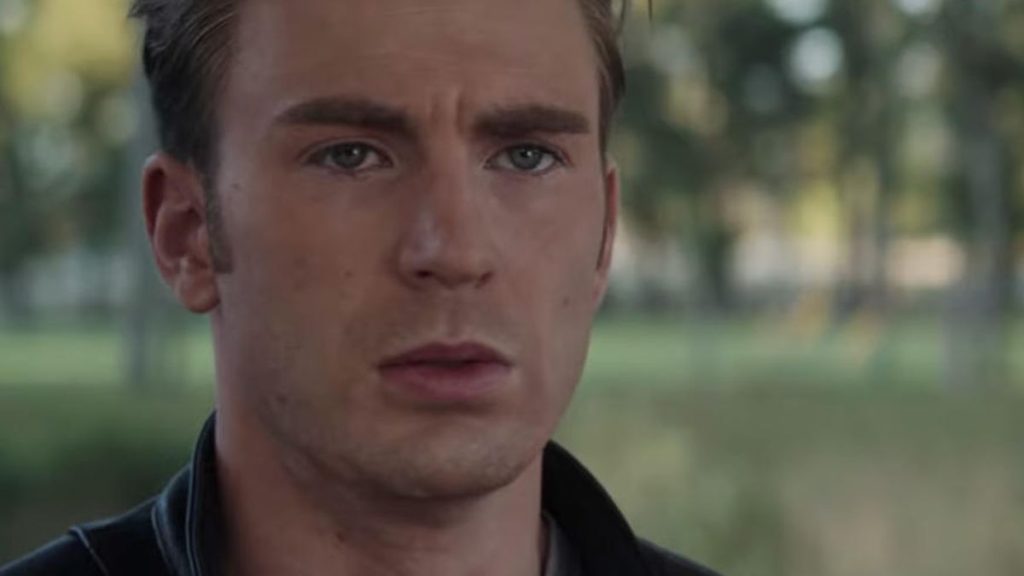
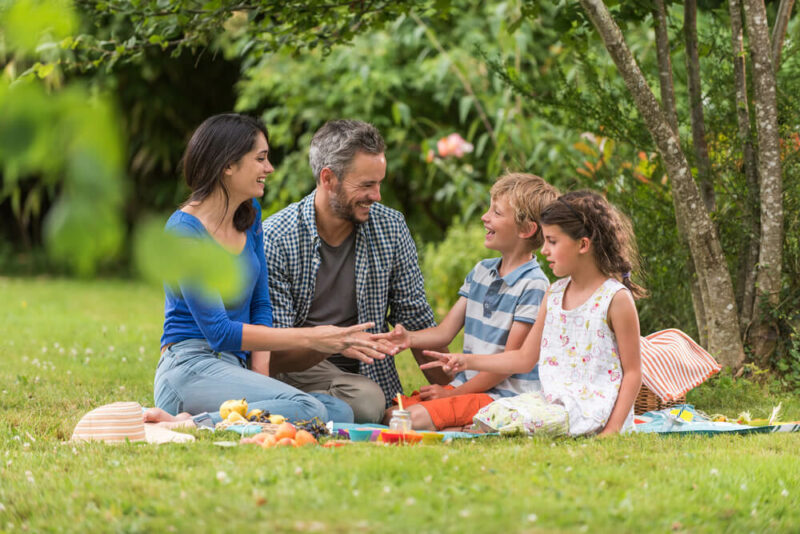

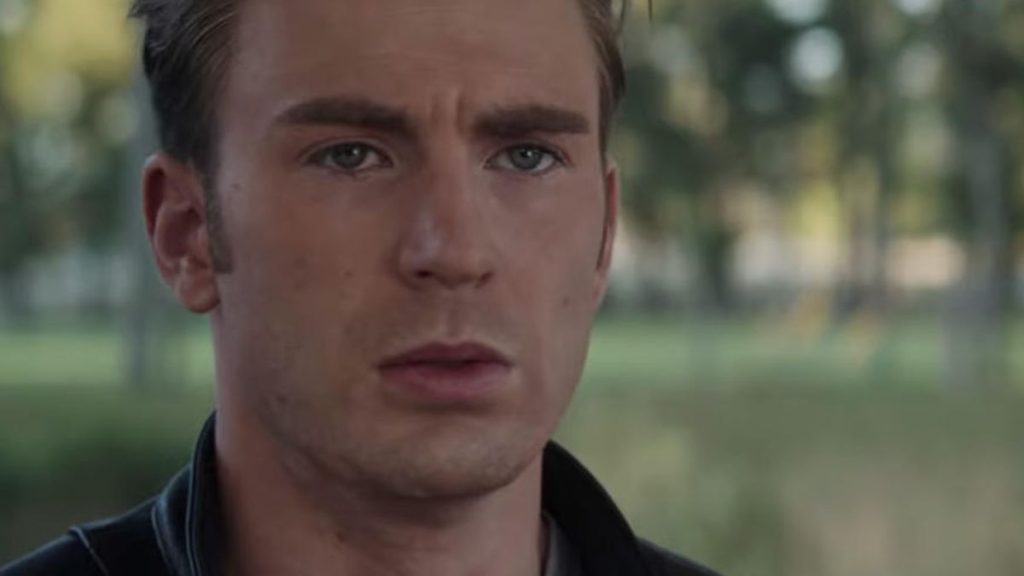
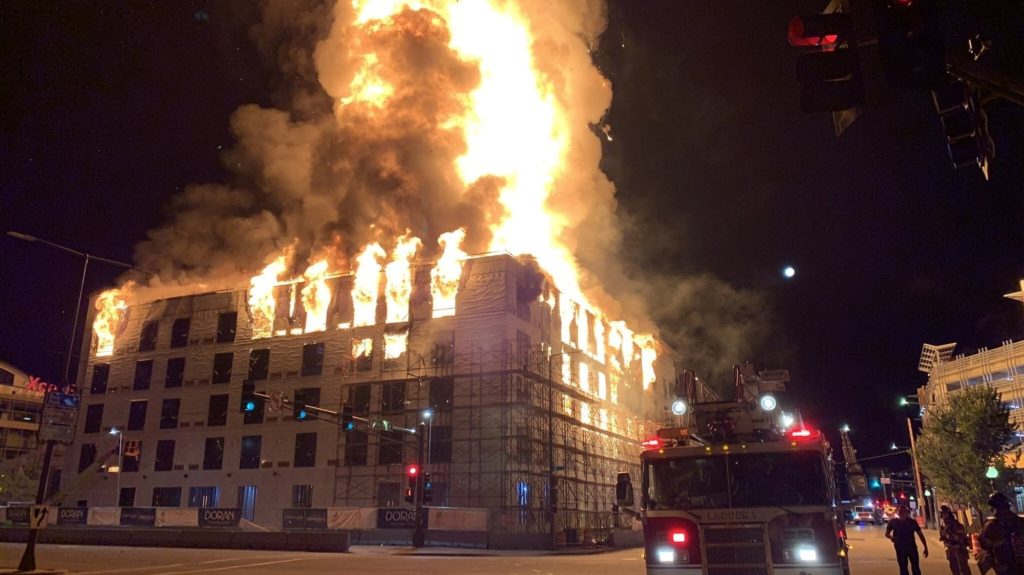

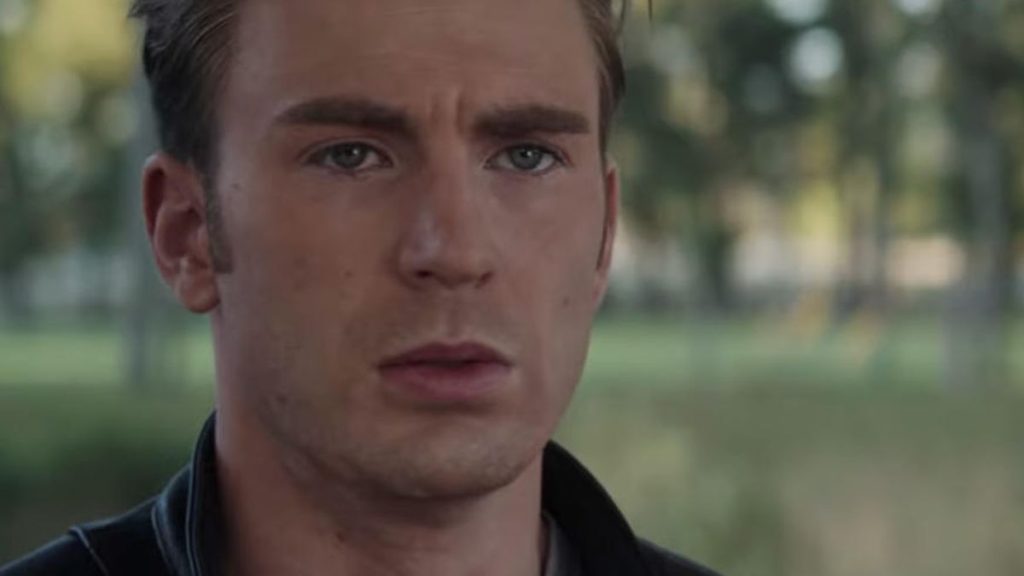
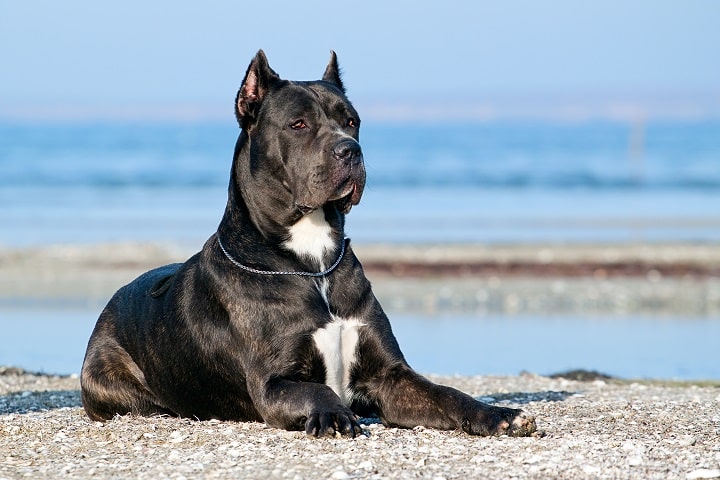

Extreme Long Shot (XLS) – a shot that makes the subject look small against their backdrop.

— — — — — — — — — —
Long Shot (LS) – a shot which is closer than the extreme long shot, but the subject does not fill the frame.
— — — — — — — — — —
Medium-Long Shot (MLS) – a shot that usually frames the subject from head to knees.

— — — — — — — — — —
Medium Shot (MS) – a shot which provides more detail on the subject, framing them from the waist up.

— — — — — — — — — —
Medium Close-Up (MCU) – a shot that frames the subject from just above their head down to about midway on their torso.

— — — — — — — — — —
Close-Up (CU) – a shot taken of a subject or an object at close range intended to show greater detail to the viewer.

— — — — — — — — — —
Extreme Close-Up (XCU) – a shot that frames a subject very closely, often so much so that the outer portions of the subject are cut off by the edges of the frame.
